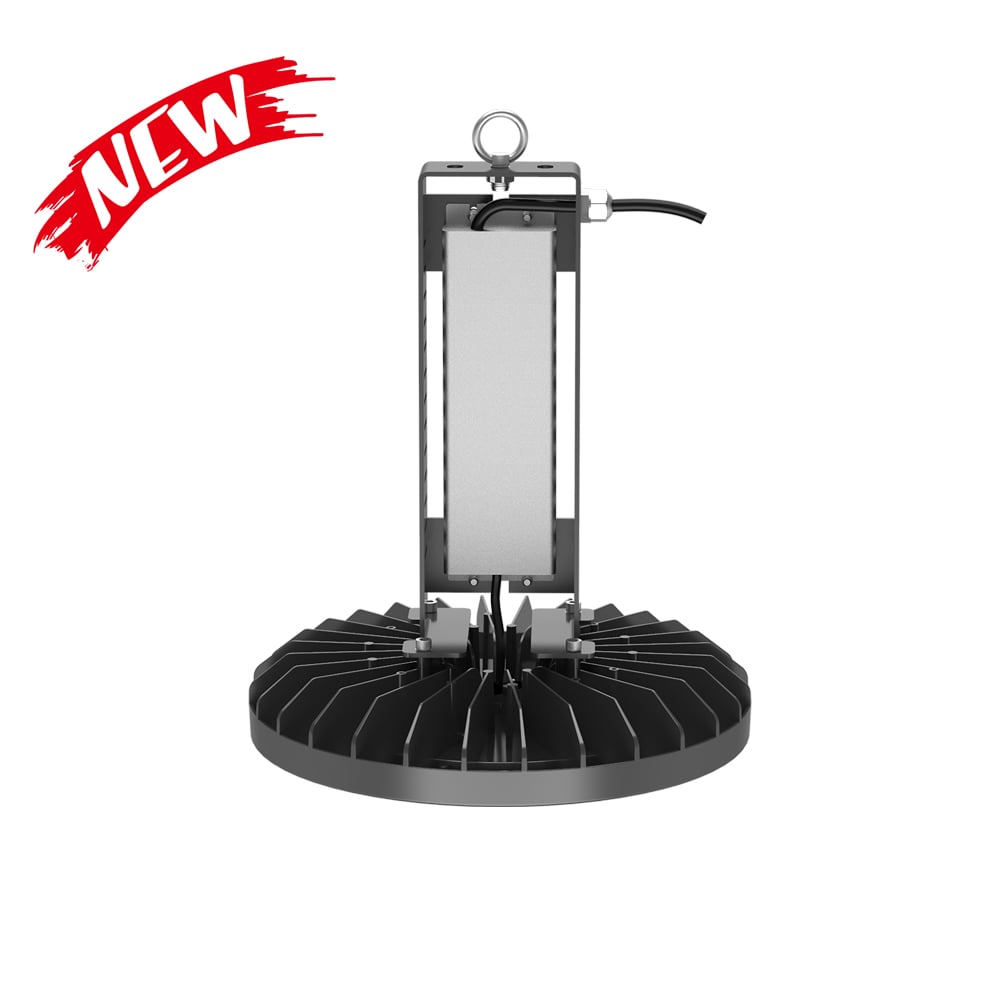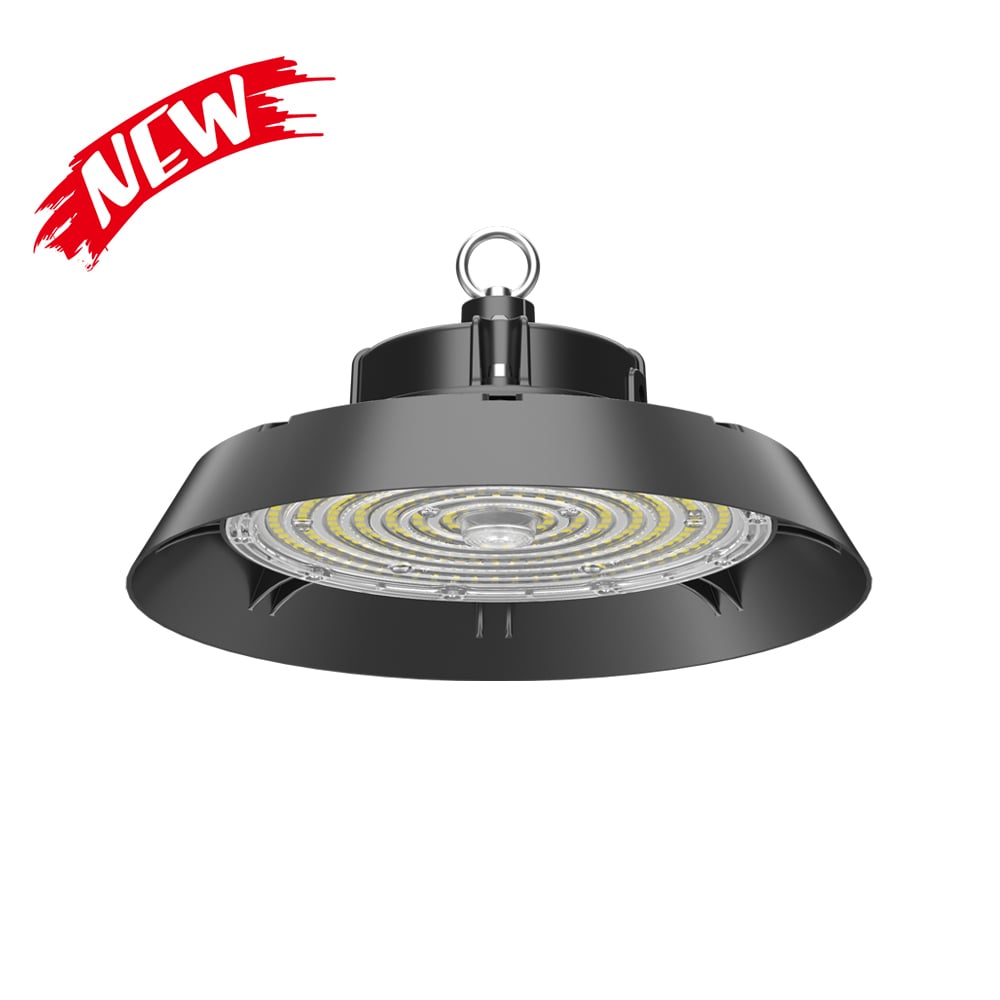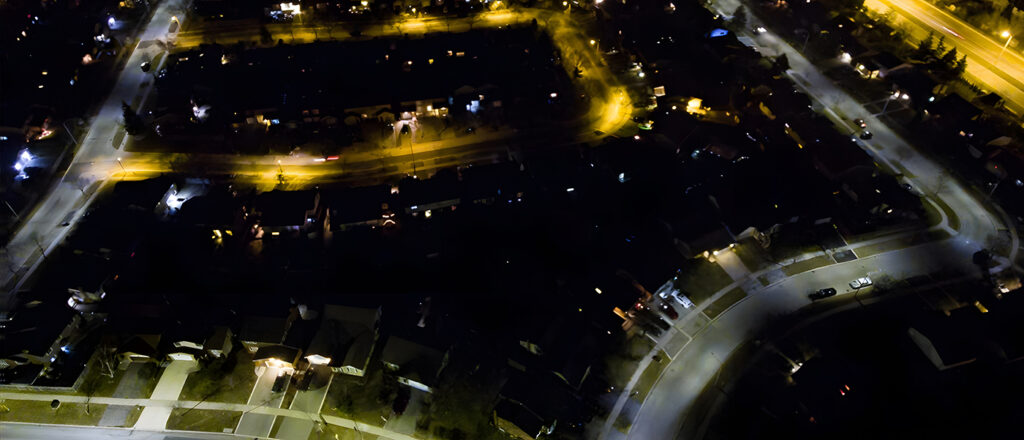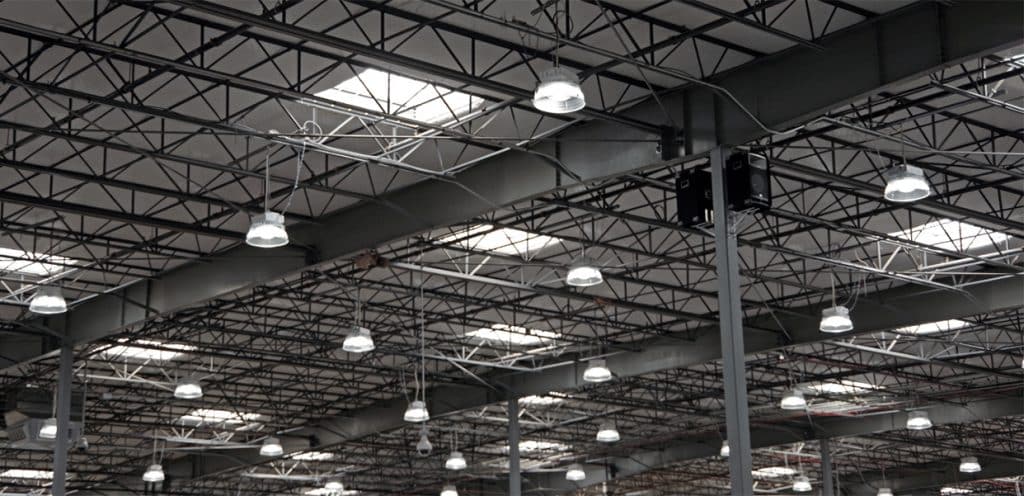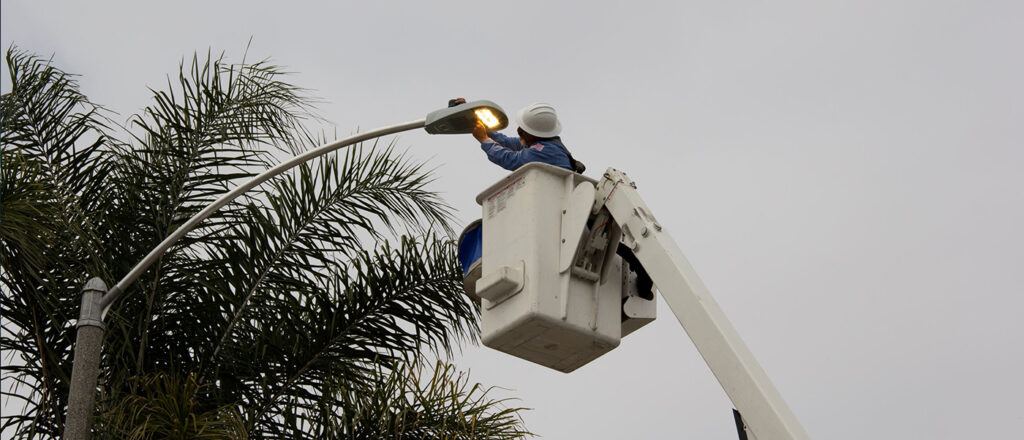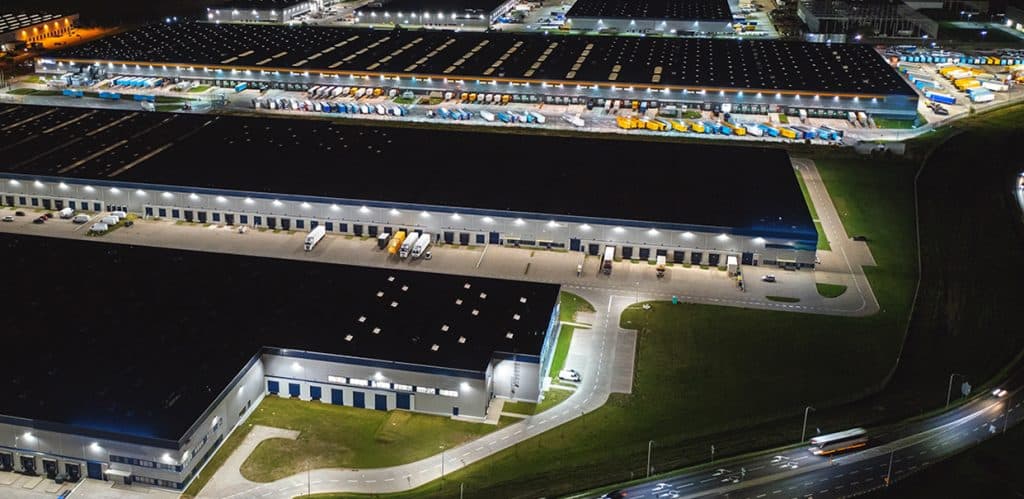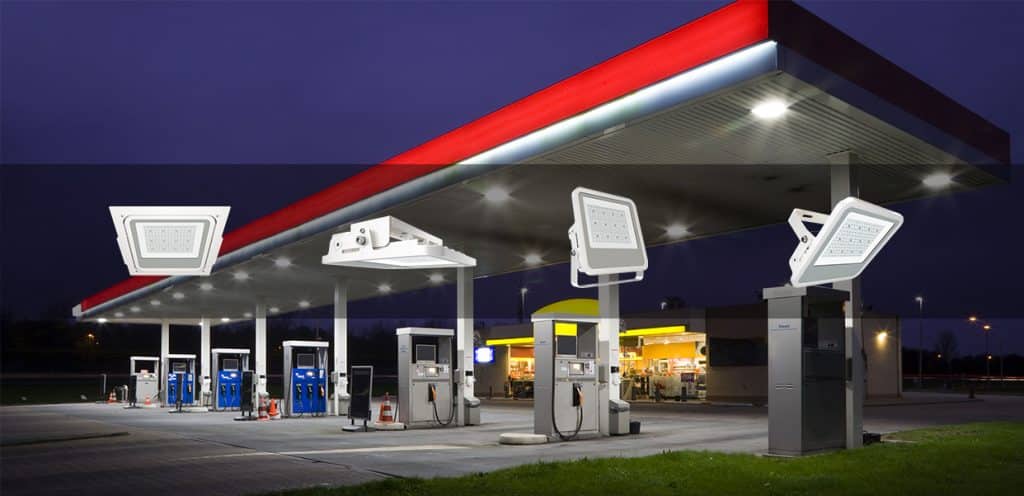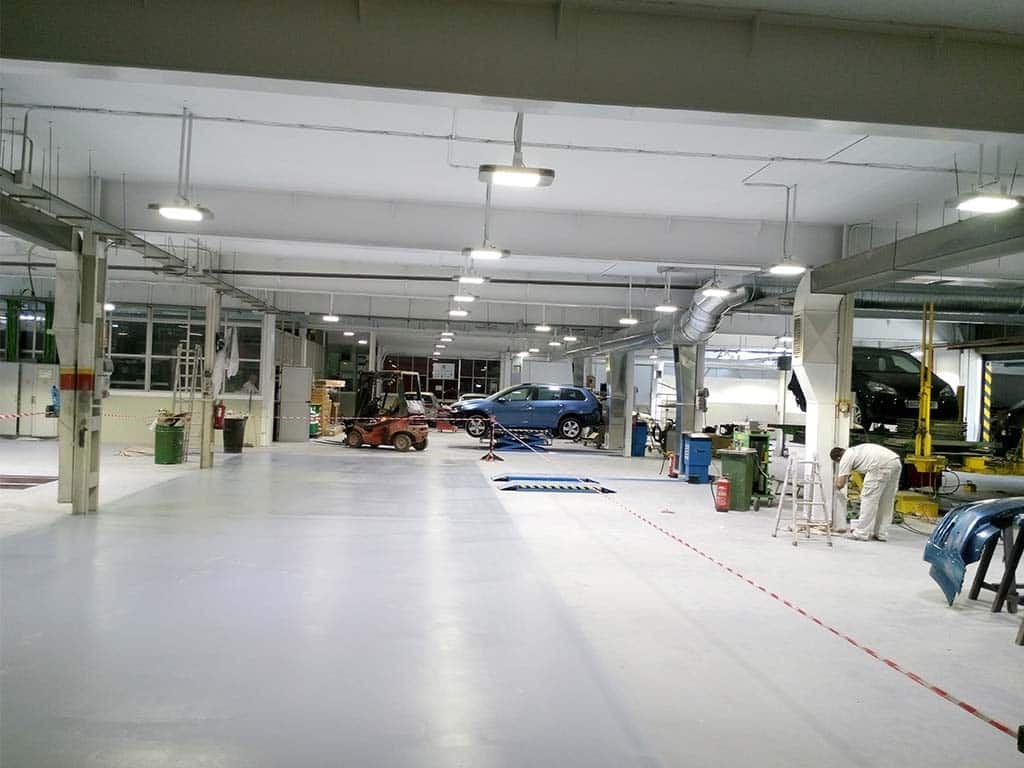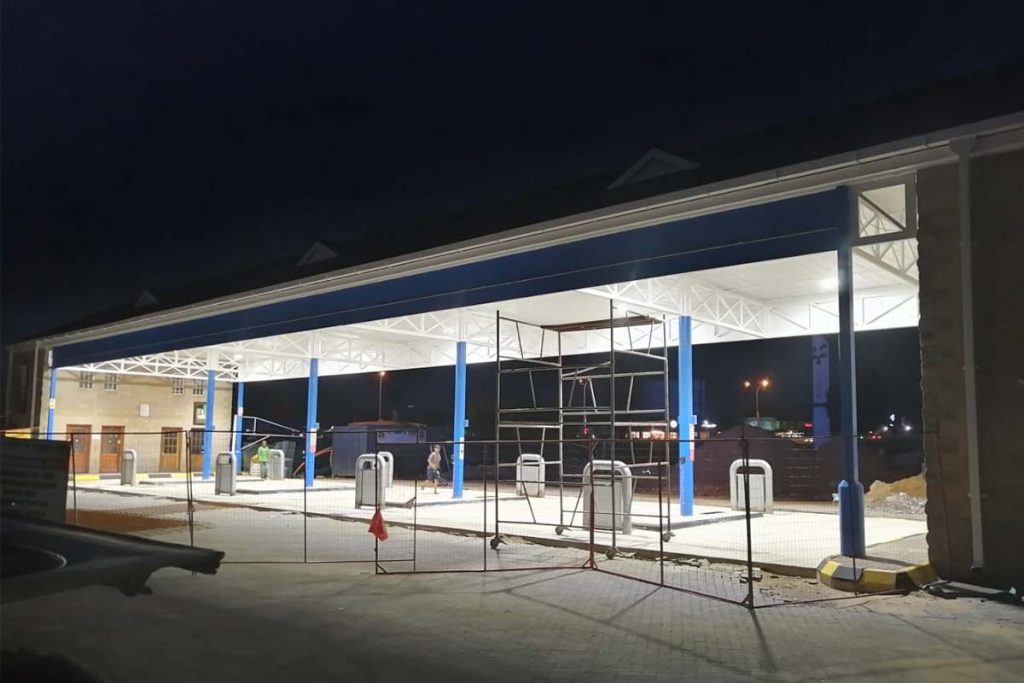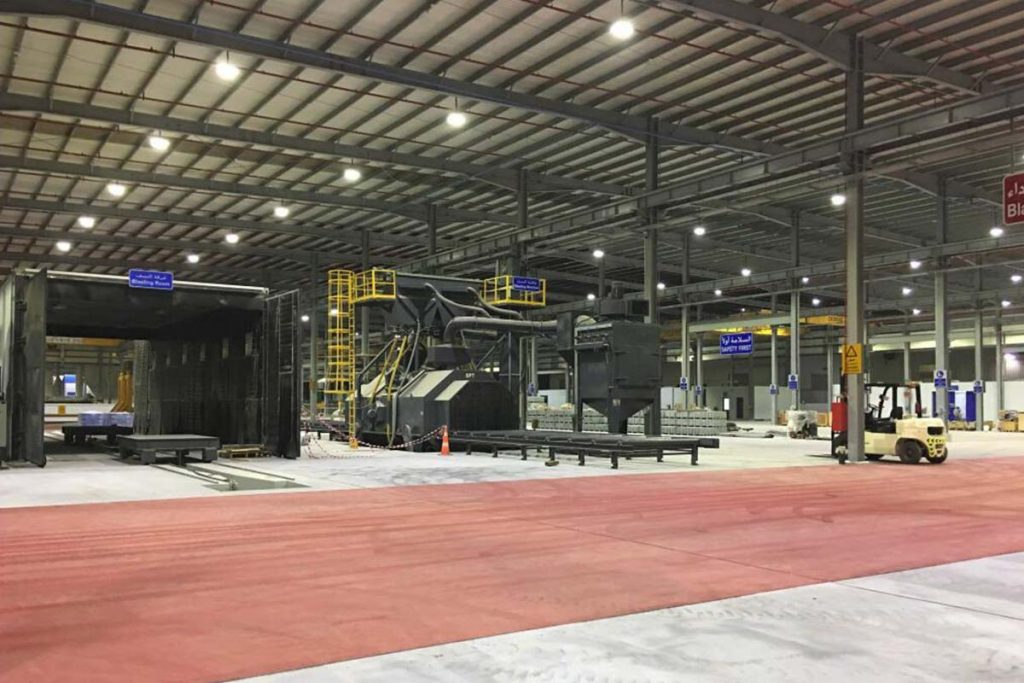Highbay lights with tunable lighting solutions
Highbay lights with tunable lighting solutions
Introduction
In high ceiling spaces such as industrial plants, logistics warehouses, large supermarkets, and stadiums (typically referring to ceiling heights ≥ 6 meters), highbay lights are core lighting equipment, directly impacting operational efficiency, spatial safety, and energy consumption. Different application scenarios have varying requirements for wattage, color temperature, and light distribution, placing higher demands on high bay light design. Tunable lighting is a lighting method that allows you to adjust the color temperature and brightness (luminous flux) of a light source, initially used extensively in commercial and residential lighting. It enables the adjustment of power, color temperature, or both (power and color temperature) to create personalized lighting environments; for example, using a high color temperature during the day to promote alertness, and a warm color temperature at night to promote relaxation. In recent years, with changing market demands, road lighting, sports lighting (ZGSM sports lighting solution), and factory lighting have also increasingly embraced this type of lighting. This article mainly explains what tunable lighting is, how to implement it, and its application advantages.
What‘s tunable lighting?
Tunable lighting refers to LED lighting systems that can adjust both color temperature and wattage. It is also known as “color temperature adjustable”, “tunable white”, “customized CCT lighting”, “power selectable” “adjustable wattage”. Here the driver inside the luminaire plays a crucial role in tunable lighting. Most of these luminaires can be adjusted via a switch or knob. Tunable lighting can be controlled in various ways, such as by switch, DALI (What’s Dali and its application?), timer, and wireless control, providing flexibility for different applications and user preferences. Below, we will explain tunable white and adjustable wattage separately.
What is tunable white lighting?
Color temperature refers to the light emitted by a blackbody radiator at different temperatures, measured in Kelvin (K). Lower color temperature (red/orange) light is called “warm light” (e.g., 2200 K), while higher color temperature (blue/white) light is called “cold light” (e.g., 5000 K). Tunable white lighting refers to lighting with a variable color temperature. This is analogous to a heated iron block; the warmer center emits whiter light, while the warmer ends emit yellowish light. For highbay lights, these lights with a tunable white solution can emit light of different color temperatures.

What is adjustable wattage?
Adjustable wattage in LED lighting refers to the adjustable power function of the luminaire, meaning that the luminaire can manually or automatically change its output power according to actual lighting needs, thereby adjusting the brightness. For example, a common solution is the highbay light with a motion sensor (What’s motion sensor and its application in street lighting?), which can automatically lower the brightness when no one is around, as the area under the light has lower lighting requirements. When people are around, the brightness can be increased to meet their lighting needs. In this article, “adjustable wattage” refers to the luminaire having a built-in knob, switch, or external controller to set the luminaire’s power level to adapt to different lighting needs. This is similar to the brightness of your mobile phone screen. Different users and different manufacturers set different brightness values, which can greatly improve the user experience.
How to realize tunable lighting in LED lighting?
Tunable lighting in highbay lighting – External selectable switch (DIP switch)
In this type of solution, the LED module typically consists of two separate LEDs with different color temperatures, such as a low color temperature (e.g., 3000K) and a high color temperature (e.g., 5000K). You’ll also need an LED driver with DIP switches. When you need 3000K, you select the appropriate setting via the DIP switch, and only the 3000K LEDs will be lit. For 5000K, you select the corresponding setting, and only the 5000K LEDs will be lit. If you need 4000K, simply switch to the 4000K setting. At this point, both the 3000K and 5000K LEDs will be lit simultaneously, and the driver will reduce the current supplied to each LED group to approximately half of its rated current. By mixing the two colors, you achieve a 4000K color temperature output. The wattage of the lamp also can be adjusted via a DIP switch. When the switch is toggled, the DC voltage signal changes, which is then supplied to the 0-10V dimmer in the power supply. This changes the output current of the power supply (What’s power supply?), thus altering the lamp’s power. This method is commonly used in ZGSM highbay lights, such as the HB11 series and HB12 series, which employ LED drivers with built-in DIP switches. In LED street lights, we can adjust the color temperature and wattage using a similar method. However, unfortunately, the corresponding LED drivers do not have built-in DIP switches like round LED drivers. Therefore, we need to use an external DIP switch to achieve the same function.

Tunable lighting in commercial lighting by wall switch or other switch (Bluetooth)
DIP switches are not suitable for adjusting color temperature and wattage after the light fixture is installed. So, are there other ways to achieve this? The answer is wall switches, remote controls (Remote controlling in high bay lighting), and mobile apps (Bluetooth), etc. These methods function similarly to DIP switches; some allow for segmented color temperature and wattage adjustment, while others are more advanced and offer stepless dimming. These dimming methods are common in home lighting, so we won’t elaborate on them here.
Tunable lighting in street lighting by LED driver with built-in function
For streetlights, DIP switches and wall switches are clearly inadequate. The color temperature and wattage of streetlights can be adjusted through two methods: timer dimming and intelligent dimming. To achieve these functions, we need a specific dual-channel power supply with two output channels: high color temperature and low color temperature. For timed dimming of streetlights, the LED driver power supply’s internal timing module can be customized with a dimming profile according to customer needs. For example, during peak traffic hours from 6:00 PM to 10:00 PM, the streetlights can operate at 100% power with a high color temperature to improve driver attention. From 10:00 PM to 4:00 AM during when traffic is lighter, the streetlights can operate at half power with a lower color temperature to reduce blue light hazards (What’s blue light in lighting?). Finally, in the early morning, the power and color temperature can be appropriately increased to better illuminate the road and ensure safe driving. See the diagram below for details. Besides using timer dimming, the wattage and color temperature of streetlight can also be achieved via wireless communication (such as LoRa, Zigbee, NB-IoT). This solution offers greater flexibility due to its remote real-time dimming strategy, but also requires a higher initial investment. EUW has two signal input channels: one for controlling CCT adjustment and the other for controlling wattage adjustment. The intelligent controller can transmit signals to these two channels in real time according to user settings, thereby achieving changes in streetlight wattage and color temperature.
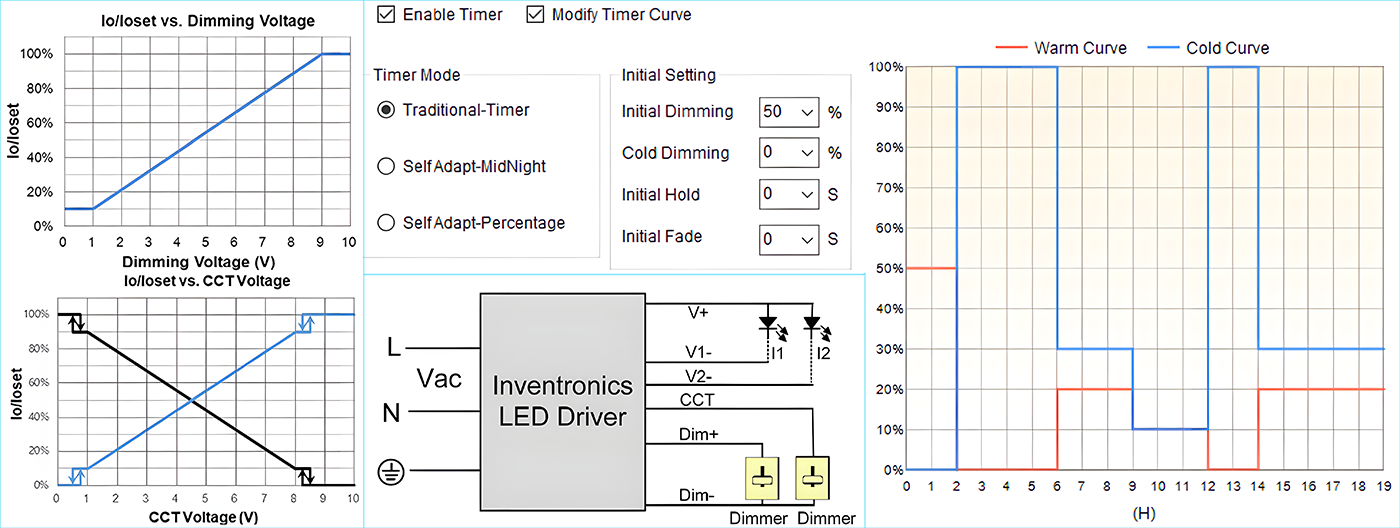
Benefits of tunable lighting
Tunable lighting offers numerous advantages to users, retailers, and society. Its flexibility and versatility allow you to adjust the color and/or brightness of a space, facilitate inventory management for retailers, and reduce unnecessary energy consumption. These advantages are explained in detail below.
More options for wattages and CCTs
While lighting is essential in daily life, many people lack understanding of color temperature and wattage. For example, in home lighting, you might not know what color temperature downlight is suitable for illuminating a bedroom, or what wattage of light fixture is needed for comfortable lighting in a study. A major advantage of tunable lighting is its ability to allow users to choose the appropriate color temperature and wattage to illuminate their space. For instance, you could choose 5000K at 70% brightness to illuminate a children’s room, a space where children can play and read. Similarly, you could choose 3000K at 30% brightness to illuminate the room before bedtime, creating a warm environment to help children fall asleep quickly. In the workplace, adjustable lighting has proven to improve employee productivity and comfort. When the lighting environment complements natural daylight, employees are more focused and experience less eye strain. During breaks, the wattage and color temperature can be adjusted to help employees rest and rejuvenate.
Competitive advantage and inventory management
Tunable lighting was initially more common in residential lighting, but in recent years it has gradually been applied to industrial and street lighting. Previously, these lighting products were stocked separately for fixed wattage and fixed color temperature. For example, a industrial lamp might require stocking three color temperatures (3000K, 4000K, and 5000K) and three wattages (50W, 100W, and 150W), totaling 9 SKUs. This inevitably led to some specifications being unsold while others were out of stock. However, a dimmable industrial lamp (adjustable color temperature + adjustable wattage) only requires one SKU to cover the needs of the previous 9 SKUs, reducing total inventory by more than 80% and lowering the risk of inventory backlog and warehousing costs – Check ZGSM highbay lights to find more. Furthermore, tunable lighting products are more feature-rich, resulting in a slightly higher unit price. Of course, customers are often willing to pay more for this flexible and energy-efficient solution, as lighting is no longer just about illumination. Therefore, the use of tunable lighting makes it easier for sellers to prepare inventory, reduces warehousing costs, and increases profit margins, all of which enhance the competitiveness of the product.
Driving the Implementation of green lighting
When you use a tunable lighting solution, it means your product doesn’t have to operate at 100% load all the time. This translates directly to lower user costs and reduced overall societal energy consumption. Furthermore, users can initially choose higher-wattage lamps for derating, and then gradually increase the wattage as the lamps experience light decay over time, preventing them from becoming obsolete after a short period and reducing replacement costs. These are all goals of green lighting. In addition, prolonged low-wattage operation can reduce wear and tear on internal components and decrease heat buildup, all of which contribute to slowing light decay and reducing failure rates. In summary, using a tunable lighting solution helps save energy, extend lamp life (Lifetime of LED lights), reduce maintenance frequency, and decrease electronic waste, thus positively impacting the promotion of green lighting.
Summary
In the field of highbay lighting, tunable lighting is becoming a key technological trend. This article systematically explains the concept of tunable lighting, its implementation methods, and its multiple advantages. tunable lighting refers to LED lighting systems that can adjust the color temperature and power (brightness) of the luminaire. In highbay lights, it generally achieves segmented color temperature and power adjustment by switching combinations of LED chips with different color temperatures or changing the output current through a LED power supply with a built-in DIP switch. In home lighting, its basic principle is similar to high bay light, but users usually achieve this through wall switches, remote controls, or mobile apps, and it is basically stepless dimming. Finally, we introduce that in street lighting (ZGSM street lights), they mostly rely on the built-in timing program of the driver or wireless communication technology to adjust the color temperature and luminous flux according to time periods or remote commands, which is different from the high bay lighting solution. At the same time, we also introduce the benefits brought by the application of dimmable lighting solution technology. These include users being able to adjust the brightness and color temperature of the lighting according to specific scenarios (such as work, rest, road conditions), thereby improving work efficiency and comfort, while saving energy. From a business perspective, a single dimmable product can meet the needs of multiple fixed-specification products, greatly simplifying inventory management, reducing the number of SKUs, lowering warehousing and unsold inventory risks, and forming a core competitive advantage. Contact ZGSM for more information on the application of tunable lighting solutions in high bay lights and street lights.
Related Products
Related Blogs
Related Cases
People also ask
Author introduction

Hello Customers,
My name is Taylor Gong, I’m the product manager of ZGSM Tech. I have been in the LED lights industry for more than 13 years. Good at lighting design, street light system configuration, and bidding technology support. Feel free to contact us. I’m happy to provide you with the best service and products.
Email: [email protected] | WhatsApp: +8615068758483


